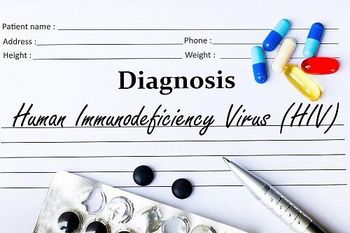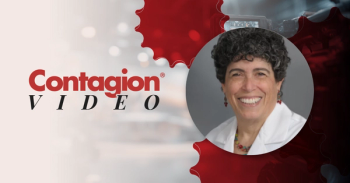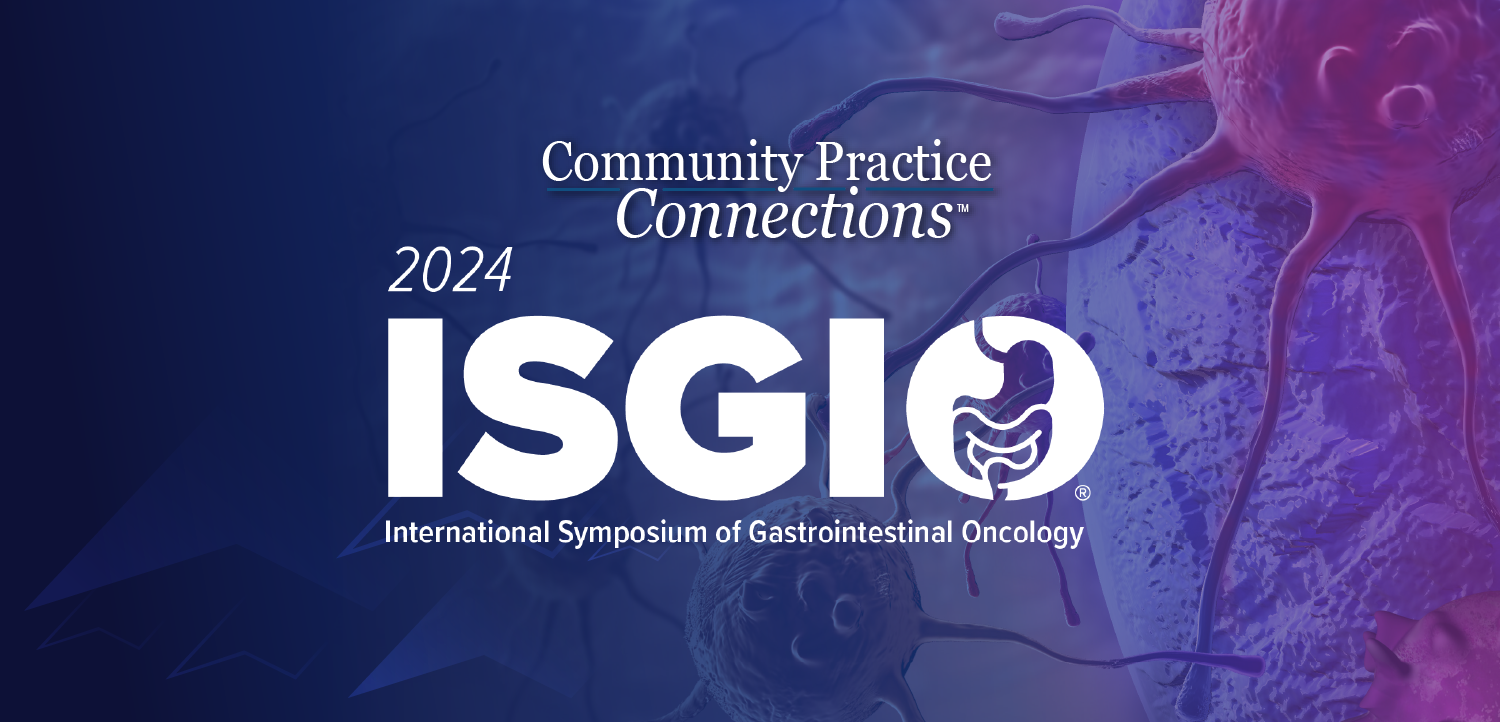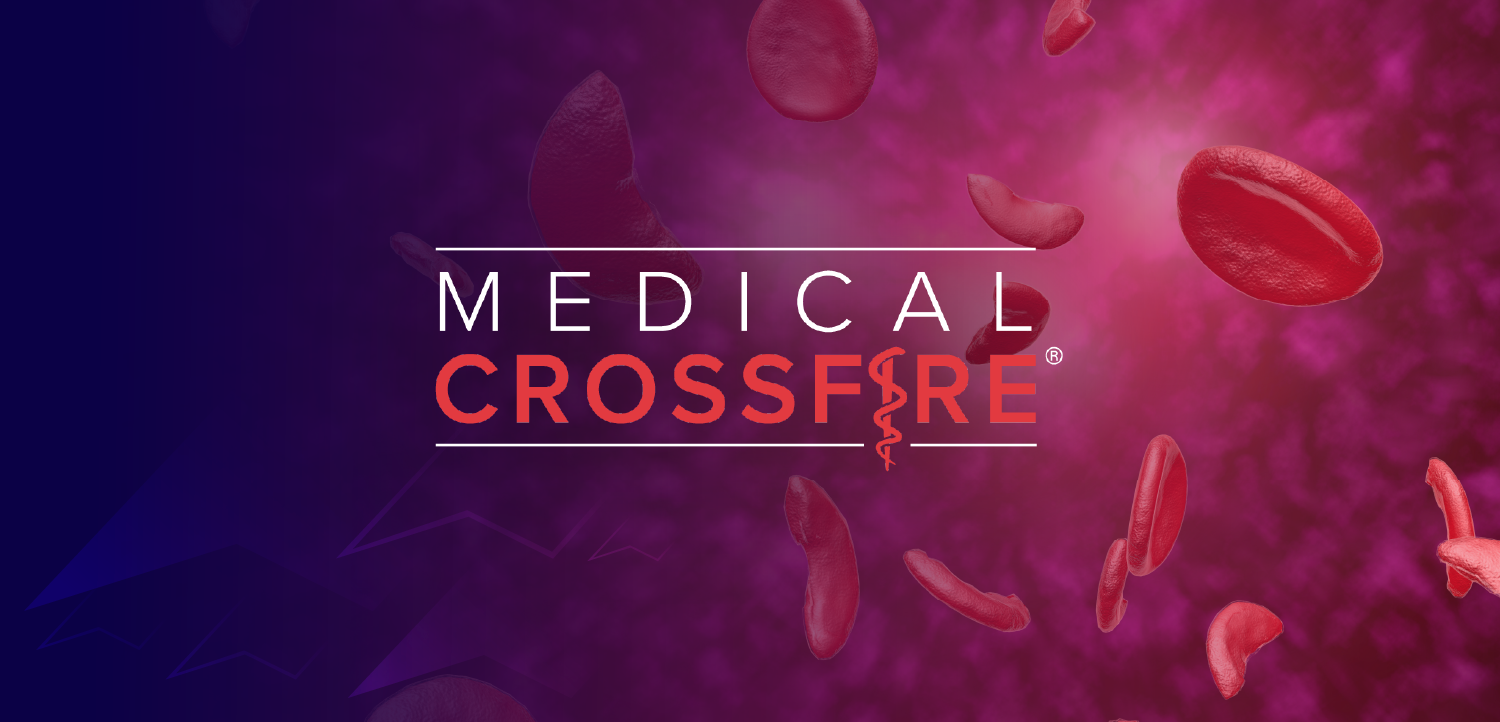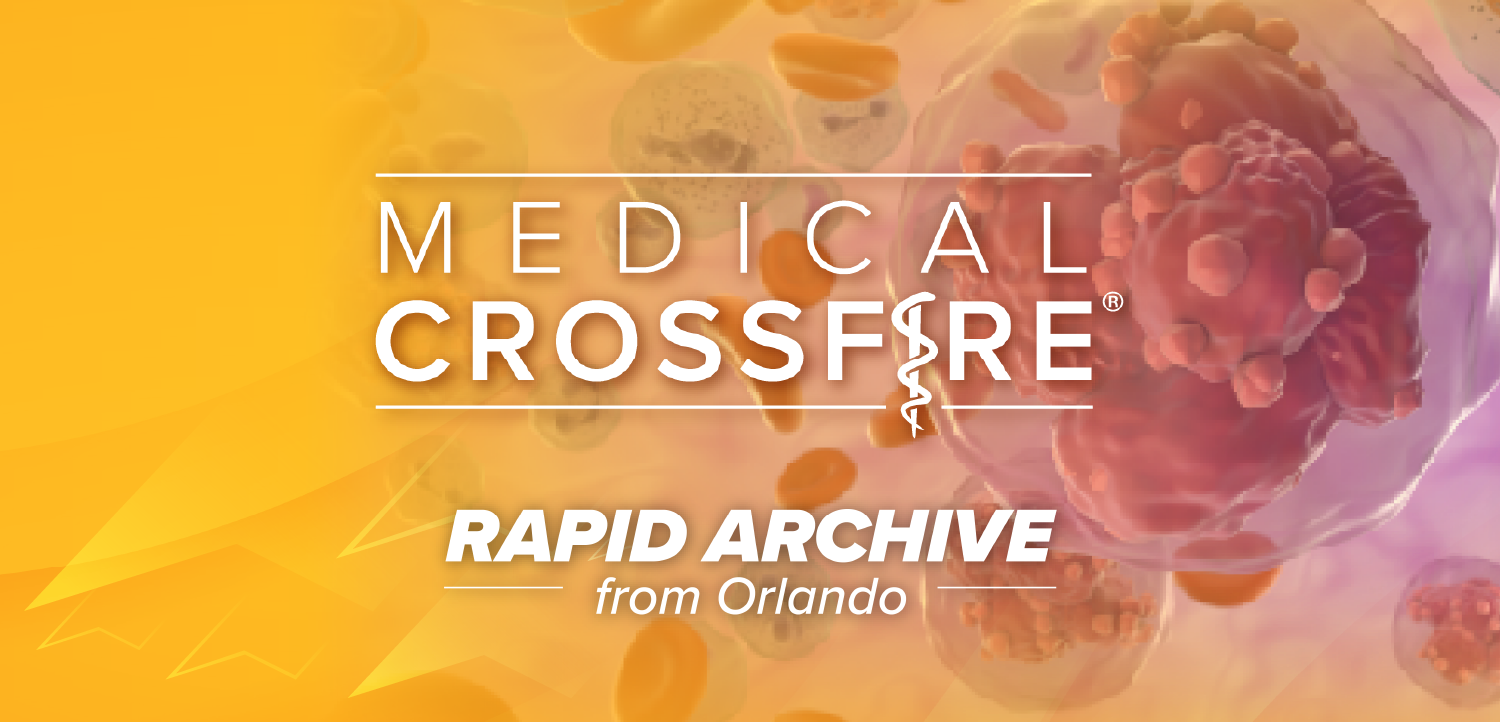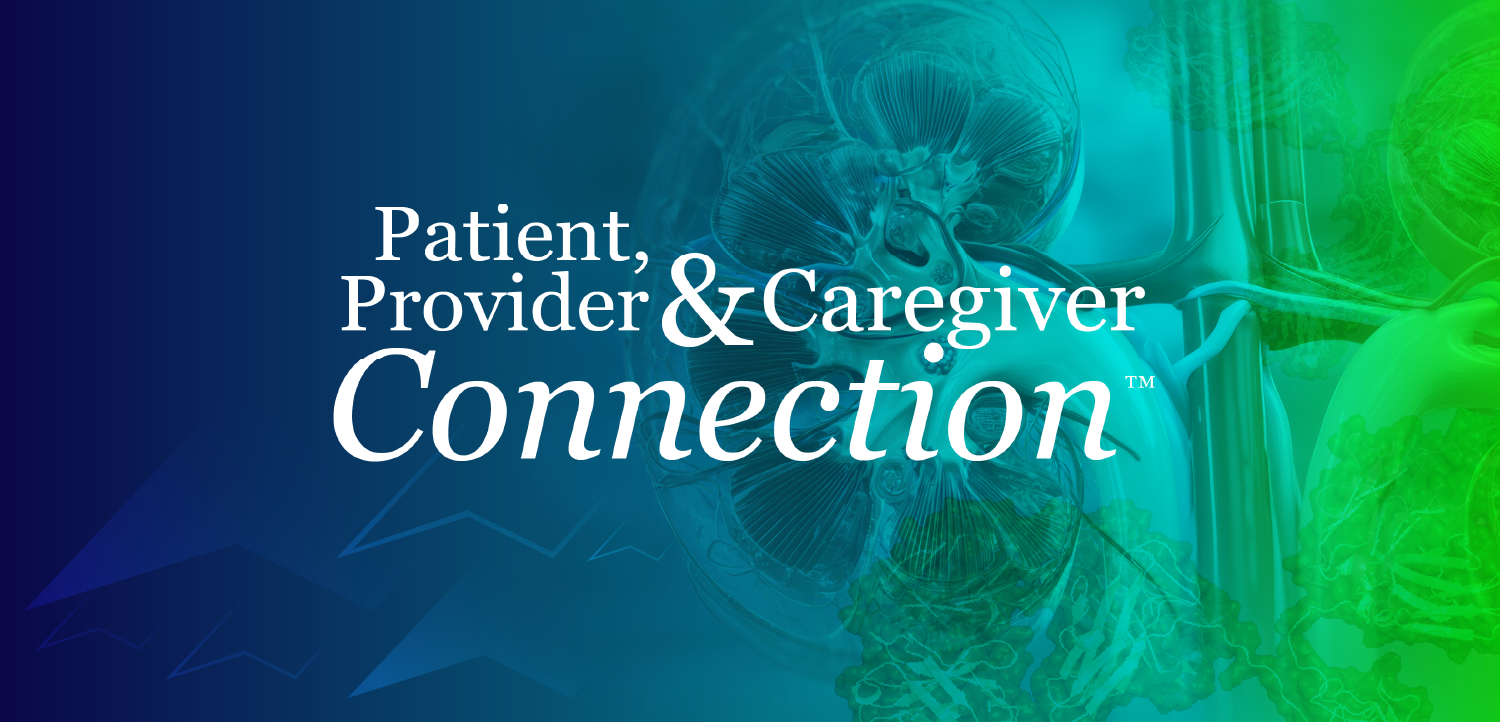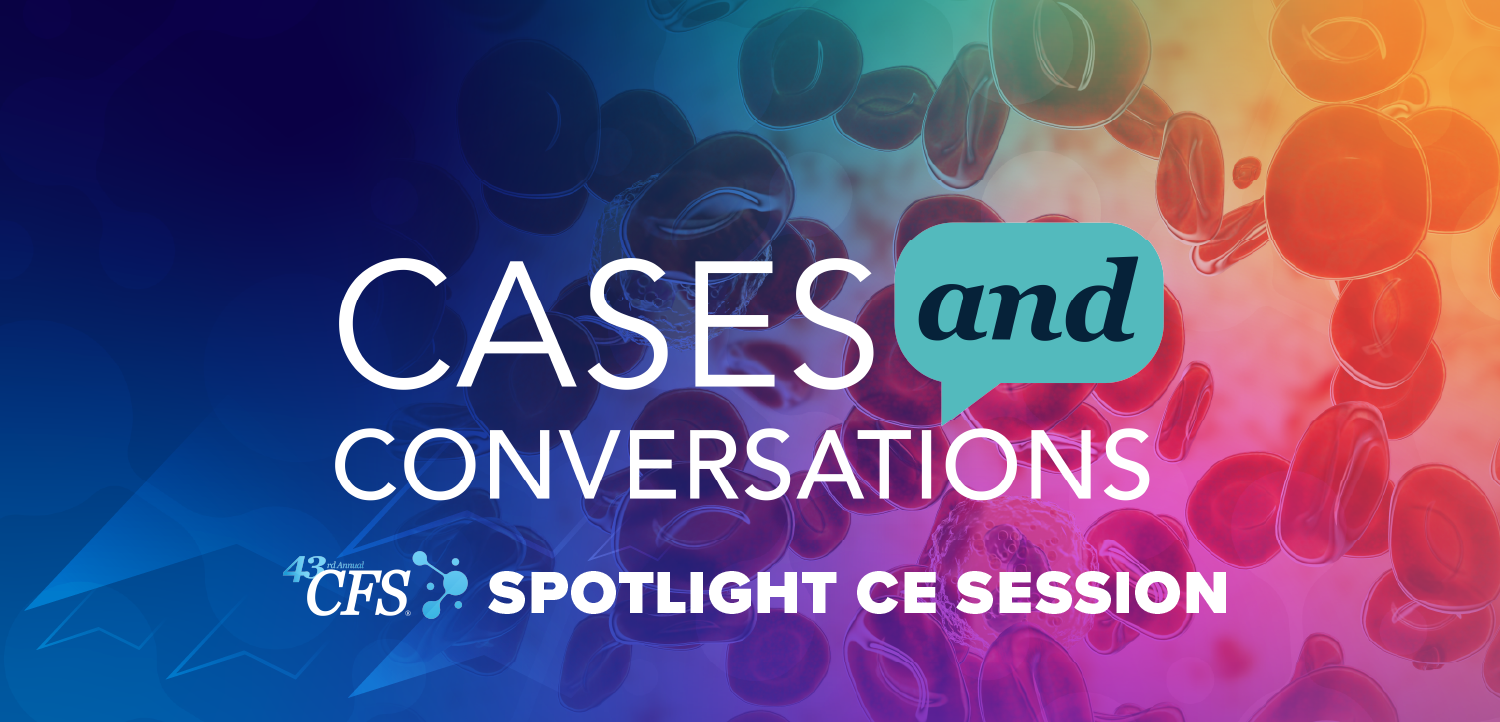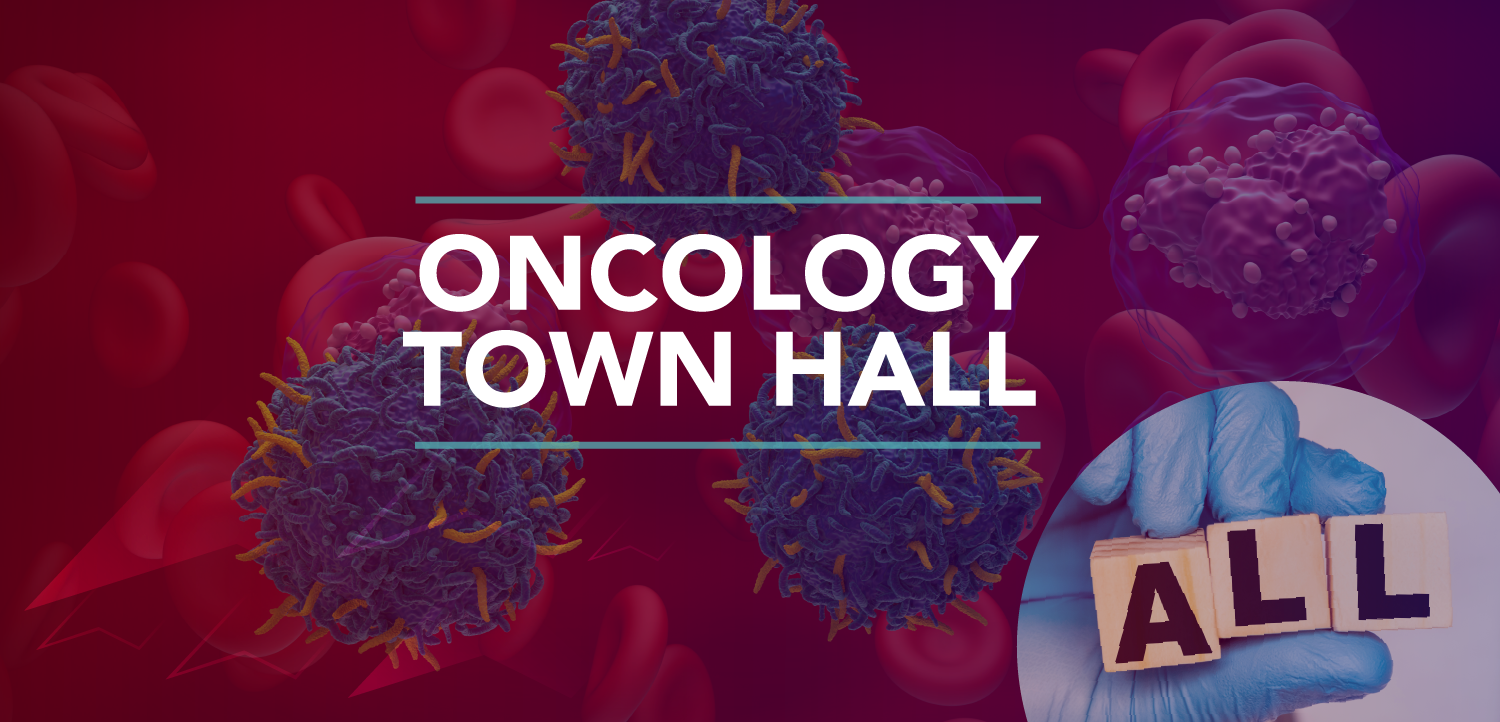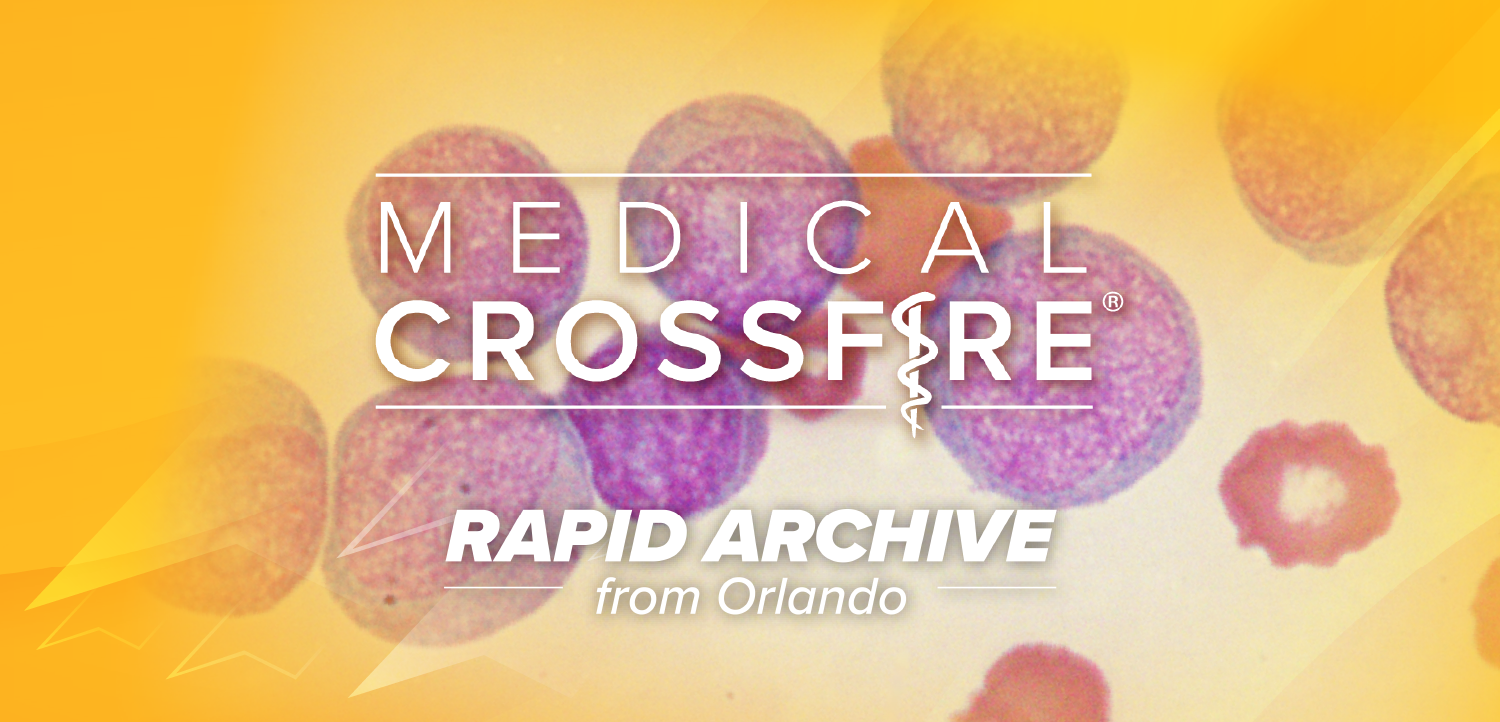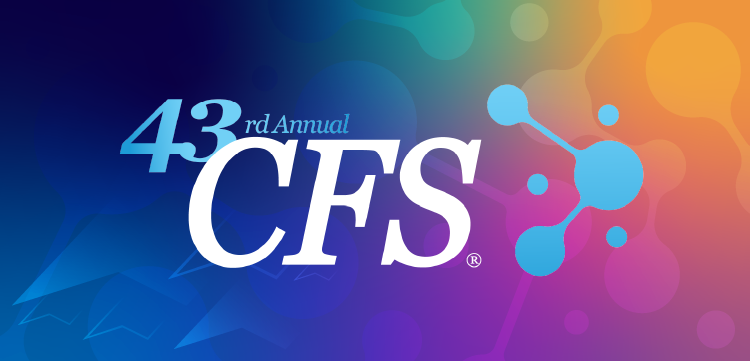What We Can Learn From Polio and Its Vaccines
In the second part of an interview with Andrea Prinzi, PhD, MPH, SM(ASCP), she talks about how the March of Dimes played such a significant role against the disease, how the polio oral vaccine is a singular lesson that can be applied to medical science as a whole, and the understanding of the need to adapt to changing circumstances.
In 1938, President Franklin D. Roosevelt founded the National Foundation for Infantile Paralysis, the name of which he later changed to the March of Dimes Foundation. Roosevelt, himself experiencing paralysis from polio as an adult, became deeply involved in this cause.1 He experienced paralysis in 1921 at the age of 39 years as a result of polio.1
With the creation of the foundation, Andrea Prinzi, PhD, MPH, SM(ASCP), field medical director of US medical affairs in clinical and translational science at bioMérieux, says Roosevelt came up with a unique plea that was designed to apply to all Americans.
“He said every single person in the country, no matter what your status or your wealth, can donate one dime to this cause, and everybody felt like they could relate to that,” Prinzi says. “It reached people who maybe had been excluded from conversations before or people who didn't come from wealth and didn't feel like they could make a donation toward the cause."
This was a novel way to increase philanthropy that is still being used today, with people giving what they can to causes.
Prinzi says this mobilized the fundraising, and people were sending dimes to the White House. With these monies raised, it helped fund the work of Jonas Salk, MD, who developed his polio vaccine.
“There were a lot of other things that came from this. The power of unifying behind a single cause and getting the public to have a shared responsibility for the wellness of the whole of people. It was also that polio was very, very frightening for people and impacting children heavily. So there's a lot of emotion tied [to] children—a lot more mobilization there. You also had a lot of public figures and celebrities getting behind this cause as well, which was really helpful."
Challenges to Eradication
Today, there are only 2 countries in the world where polio is endemic: Pakistan and Afghanistan.2 Although these countries are still dealing with polio, Prinzi says the progress made throughout the rest of the world has come to the point where most countries do not have to think about it and that what has happened in recent years is cases of vaccine-derived polio.
“In some cases, very rarely, but in cases, it can mutate to end up causing paralysis or severe disease in people who come in contact with that, and this is specifically true for the type 2 vaccine–derived polio virus,” Prinzi says. “It's responsible for greater than 90% of cases when this occurs.... Work has been done to develop vaccines that address that type of polio virus…. A vaccine was authorized by [the] World Health Organization that essentially makes the type 2 vaccine–derived polio virus less likely to mutate into something that can cause serious disease.”
Other Articles From the Polio Series
She says this is a good example of the evolution of science and making changes to adapt to differing circumstances. This is the reality compared with what some in the public believe, which is that science is supposed to be perfect from the beginning. This can certainly be seen as a good example as it relates to COVID-19 public health policy and the vaccines.
“There's likely, very rarely, one single answer to a problem, and the public has to remember that things change and adapt, and we change and adapt and learn with those things, and then hopefully we evolve our science to match that,” Prinzi said. “That's something that I think has gotten a little lost on the public in recent years. We expect science to be perfect all the time and fix the problem right away, and that's just not really how these things work."
In the next installment of this series, we will discuss Roosevelt’s battle with polio and how he did not let the disease prevent him from living his life, including becoming president.
References
1. Franklin Roosevelt founds March of Dimes. History. Updated May 27, 2025. Accessed July 28, 2025. https://www.history.com/this-day-in-history/january-3/franklin-roosevelt-founds-march-of-dimes
2. Poliomyelitis. World Health Organization. Accessed July 28, 2025.
https://www.who.int/health-topics/poliomyelitis
Newsletter
Stay ahead of emerging infectious disease threats with expert insights and breaking research. Subscribe now to get updates delivered straight to your inbox.

